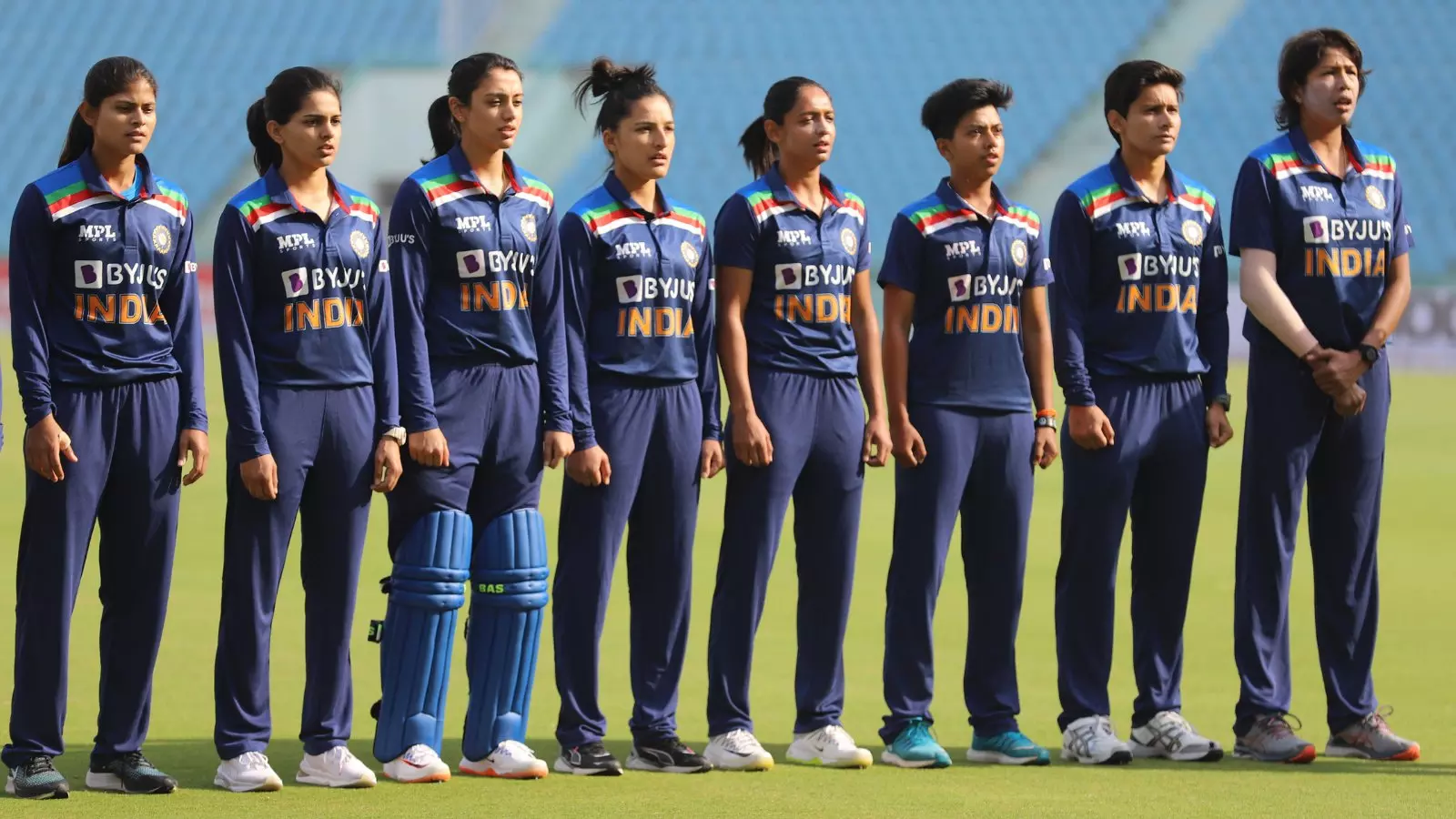Cricket
Men: Rs 7 crore, Women: Rs 50 lakh — A look into pay gap between Indian cricketers
BCCI revealed the annual salaries for the women cricketers of the country and again it draws flak for the huge pay gap between men and women cricketers.

South Africa restricted India to 188, despite Mithali Raj’s unbeaten 79 in the final ODI.
The Board of Control for Cricket in India (BCCI) today revealed the annual salaries for the women cricketers of the country. Following a grade structure similar to the men's team, the female athletes has been divided into three categories — A, B and C.
Here's how the pay category looks like:
Category A: Rs. 50 Lakh
T20 International (T20I) captain Harmanpreet Kaur, Smriti Mandhana, and Poonam Yadav.
Category B: Rs. 30 Lakh
Mithali Raj, Jhulan Goswami alongside Deepti Sharma, Punam Raut, Rajeshwari Gayakwad, Shafali Verma, Radha Yadav, Shikha Pandey, Taniya Bhatia, and Jemimah Rodrigues.
Category C: Rs. 10 Lakh
Mansi Joshi, Arundhati Reddy, Pooja Vastrakar, Harleen Deol, Priya Punia, and Richa Ghosh.
After the information was shared, BCCI received a lot of flak on social media where people pointed out the pay gap between men and women cricketers. This is not however a new revelation, but the fact that an A grade women's player earns the half of amount that a C grade male player receives showcases the stark contrast.
The annual contracts of India's men's cricketers was announced last month by the BCCI with a total of 28 players on the retainer list for the period from October, 2020 to September, 2021. The highest bracket is of Rs 7 crore which is the salary that Virat Kohli, Rohit Sharma and Jasprit Bumrah will earn in the period, apart from their match fee.
There are a total of four categories with the 'A+' category earning Rs 7 crore for the year. The players in the 'A' category get Rs 5 crore each while players in category 'B' get Rs 3 crore each. Cricketers in the 'C' category get Rs 1 crore each.
Outbursts on this pay gap has happened over the years while women cricketers have also defended it. Smriti Mandhana had told, "We need to understand that the revenue which we get is through men's cricket. The day women's cricket starts getting revenue, I will be the first person to say that we need the same thing. But right now, we can't say that," she had told last year.
If such is the case, then the debate goes whether the BCCI has tried to ramp up the revenue for women's cricket and make it more marketable? The Indian women's cricket team sat at their home for an entire year after playing the Women's T20 World Cup, where they had reached the final.
When Covid resulted in the force majeure of sports, BCCI organised an IPL for the men with 60 matches. Then the men's team went to Australia to play 12 matches, including two preparatory games. Then they played against England at home, followed by an IPL which got cancelled due to a surge in COVID cases. Whereas, the women players took part in the four-match Women's Challenge T20 matches during the IPL last year. Their first international match after the World Cup final was held a year later in March 2021, a One-day International series against South Africa in Lucknow. They went into the series against South Africa after only three training sessions.
The glaring number of fewer women's cricketing action reveals BCCI in no mood to increase the fixtures of women's cricket just because women's cricket is not commercially attractive — the TV ratings are lower, the attendance at the grounds is smaller, sponsorship revenues are minuscule as compared to men's cricket. However, a little bit of planning could resolve the issue. The majority of women's games take place simultaneously when men's cricket action unfolds, which reduces its viewership. Give women's cricket sufficient airtime and promote it and hyping it could eventually address this issue and therefore the pay gap could be reduced eventually.
